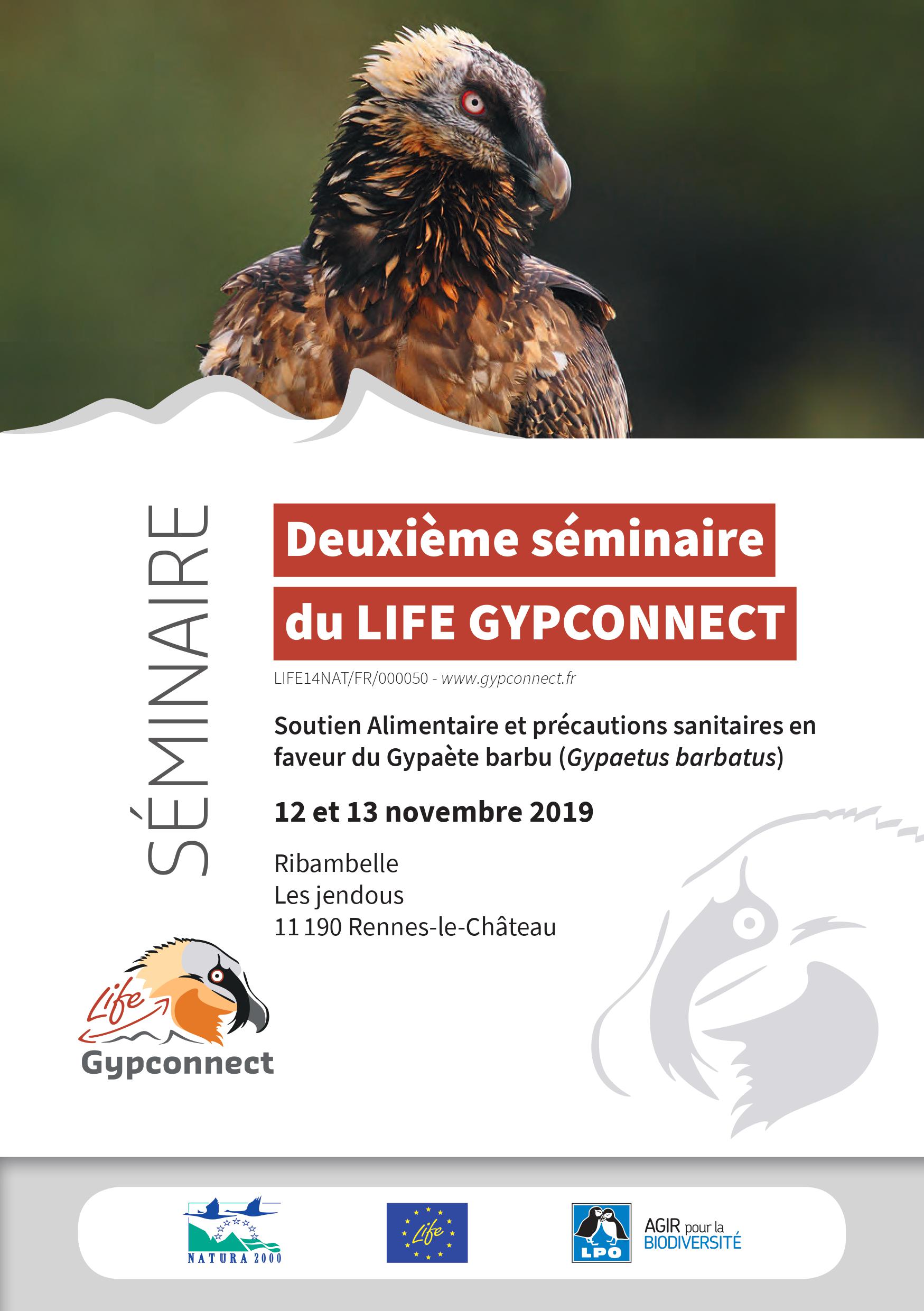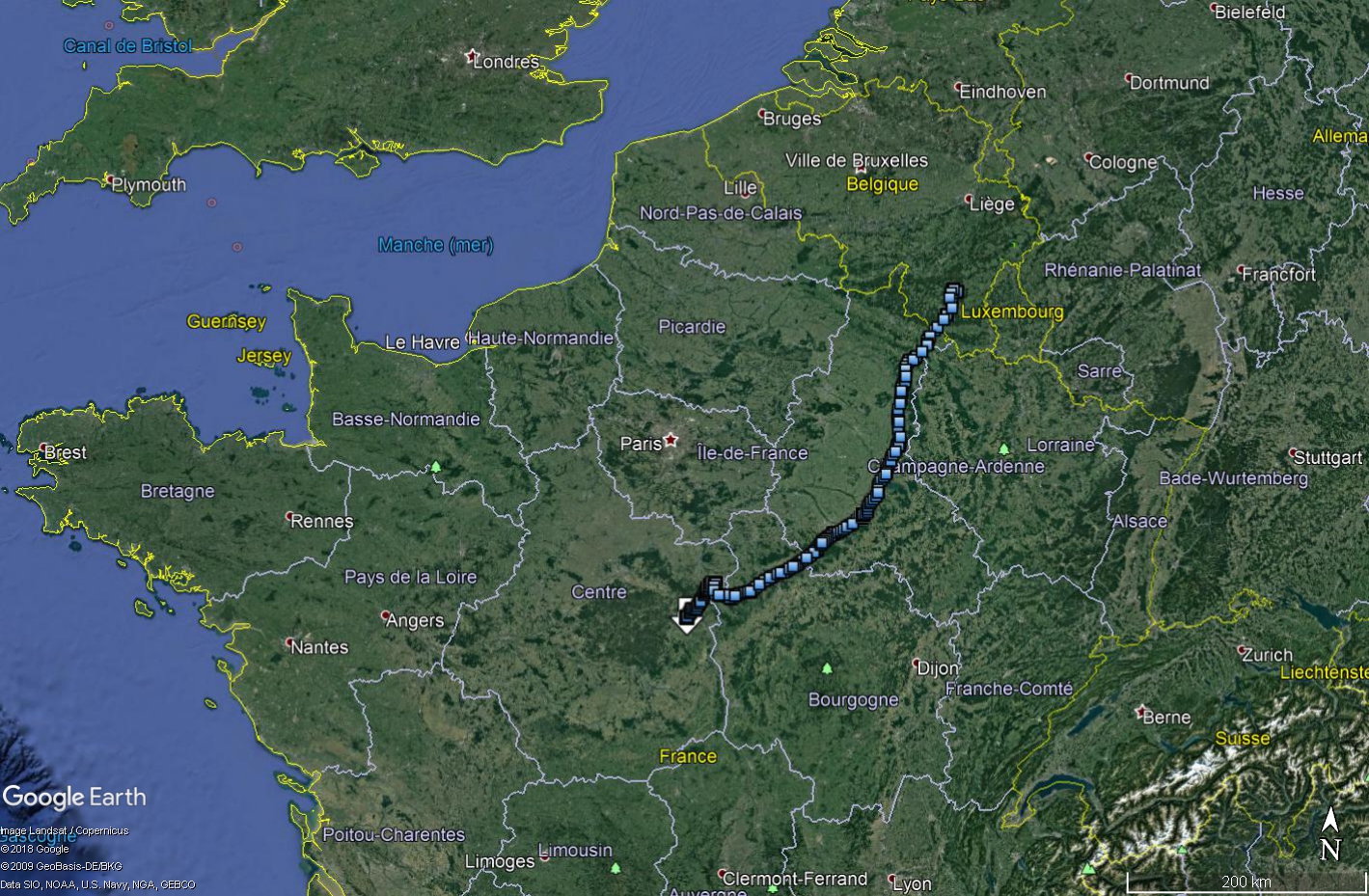Because it is a migratory species, the protection of Egyptian vultures is more difficult than it is for the Griffon vulture, the Black vulture and the Bearded vulture.
Protecting the most threatened European vulture implies knowing its migratory routes and wintering areas. Therefore, these last ten years, researchers and environmentalists have been equipping bearded vultures with monitoring devices to document migration. The magazine “Frontiers in Ecology and Evolution” now publishes articles by scientists from Europe and the Middle East in which they combine their data and compare the various migratory routes of Egyptian vultures.
Egyptian Vulture Migration from Vulture Conservation Foundation on Vimeo.
Last June, environmental advocates from the Balkan Peninsula, from Bulgaria to Greece, closely monitored the Egyptian vulture population in the Balkans and the results are alarming. Indeed, they showed a significant decrease of their population. The number of occupied territories decreased by 32% (from 74 to 51) and the number of couples by 37% (from 71 to 45) between 2012 and 2019.
But some news give us hope !

En juin dernier, des défenseurs de l'environnement de la péninsule des Balkans, de la Bulgarie à la Grèce, ont surveillés de près la population de vautours percnoptère dans les Balkans et en ont tirés de tristes résultats.
En effet, les résultats de la surveillance ont montrés une baisse significative de la population. Le nombre de territoires occupés a diminué de 32% (de 74 à 51) et le nombre de couples de 37% (de 71 à 45) entre 2012 et 2019.
Heureusement, en regardant plus attentivement, certaines informations nous redonne de l’espoir.




